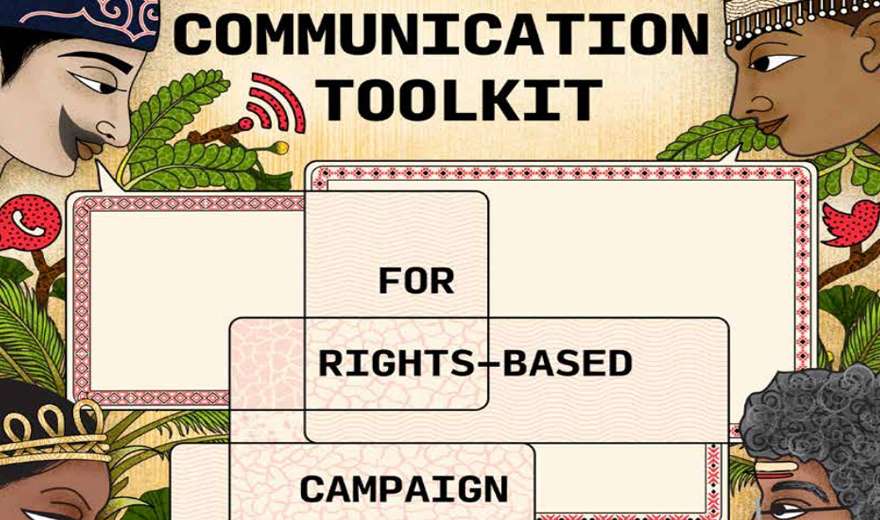Effective communication is crucial for any organization, but it is especially vital for community-based and membership-based Indigenous Peoples' organizations. These organizations must proactively communicate with their members, fostering unity and collective action to address challenges and protect their rights. This is particularly important when dealing with land rights issues, projects undertaken without Free, Prior, and Informed Consent (FPIC), and negotiating agreements that safeguard Indigenous interests.
Right-based campaigns, which often focus on rectifying historical injustices and securing Indigenous rights, heavily rely on communication strategies. However, many organizations struggle to communicate effectively, hindering their ability to achieve their goals. Successful campaigns require clear, consistent communication with community members to educate, inform, and mobilize support. This involves developing well-structured communication plans that outline key messages, target audiences, and appropriate channels.
Communicating effectively in the context of Indigenous rights campaigns involves engaging with diverse audiences, from grassroots communities to policymakers and the broader public. This requires adaptable strategies and messaging tailored to different groups. Campaigners must not only raise awareness of issues but also inspire action by demonstrating opportunities for change and providing avenues for engagement.
Indigenous Peoples' organizations often face powerful adversaries in government and the business sector. Effective communication becomes a crucial tool to counterbalance these forces, persuade the public, and build alliances. By shaping public attitudes and garnering support, strategic communication can empower Indigenous communities to achieve lasting change and secure their rights.
COMMUNICATION TOOLKIT for Rights - Based Campaign of Indigenous Peoples in Asia available here also here is the link.
